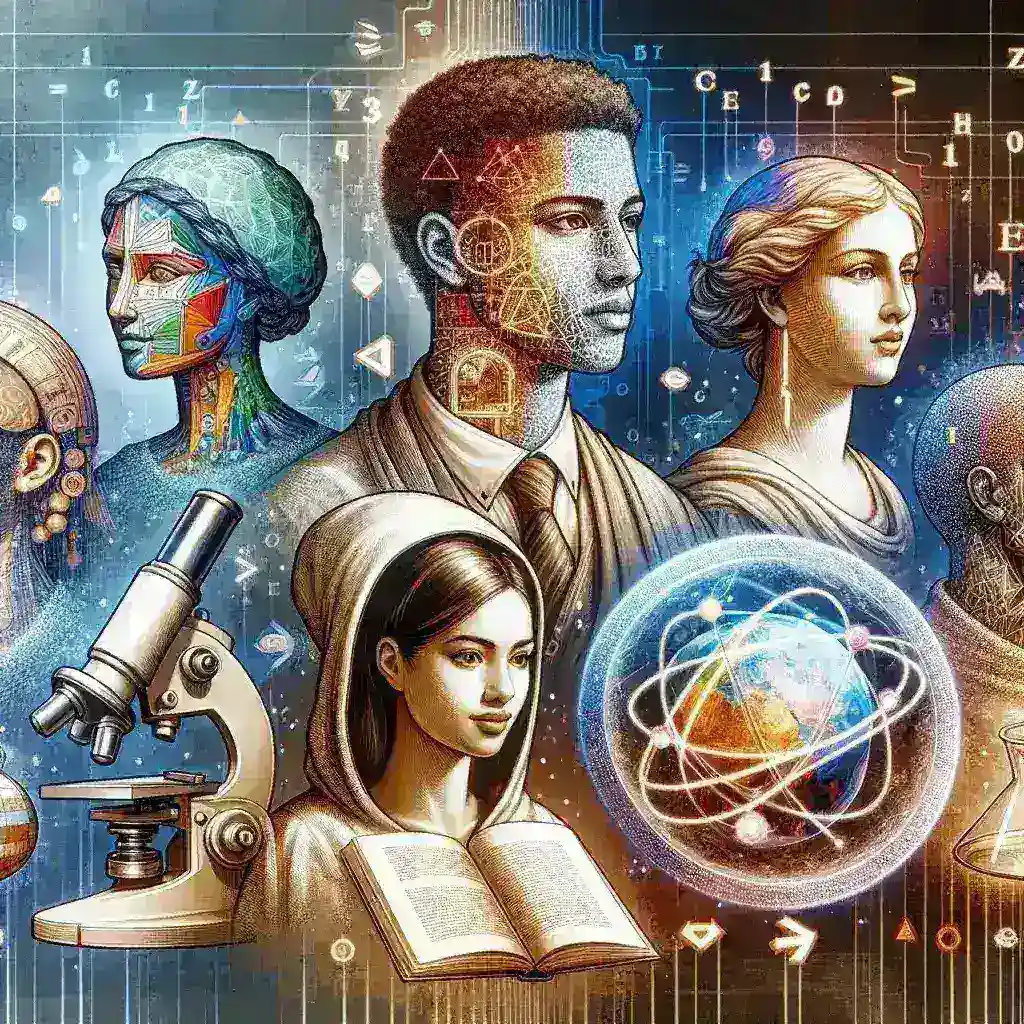In today’s rapidly evolving technological landscape, artificial intelligence (AI) is at the forefront of innovation, with developers constantly seeking new ways to harness its potential. One of the most significant advancements aiding AI development is the advent of next-generation cloud services. These services not only provide the necessary computational power but also facilitate the scalability, flexibility, and efficiency that AI projects demand. In this article, we delve into how AI developers are leveraging these cutting-edge cloud services to enhance their work, drive innovation, and shape the future of technology.
The Evolution of Cloud Services
Cloud computing has transformed significantly over the past decade. Initially seen as a platform for data storage, it has evolved into a robust ecosystem that supports a variety of applications, including AI. The early days of cloud services were primarily characterized by Infrastructure as a Service (IaaS) and Platform as a Service (PaaS). However, the introduction of next-generation cloud services has revolutionized how developers approach AI.
Historical Context
When cloud computing first emerged, developers faced numerous limitations regarding computational power, storage, and networking capabilities. The introduction of virtualization technologies paved the way for more efficient resource utilization. As AI began to gain traction, the demand for powerful computing resources grew exponentially. Next-gen cloud services arose to meet this demand, offering advanced features such as machine learning platforms, AI-specific tools, and vast data processing capabilities.
Current Landscape
Today, next-gen cloud services are characterized by:
- Scalability: The ability to scale resources up or down based on demand.
- Enhanced Security: Advanced security measures to protect sensitive data.
- Cost Efficiency: Pay-as-you-go models that allow businesses to manage costs effectively.
- Machine Learning Platforms: Offering pre-built algorithms and frameworks for rapid development.
- Data Management Tools: Streamlined tools for data handling and processing.
How AI Developers Leverage Cloud Services
AI developers utilize next-gen cloud services in various ways to streamline their workflows and enhance their projects. Here’s how:
1. Access to High-Performance Computing
AI algorithms, especially those involving deep learning, require substantial computational power. Next-gen cloud services provide access to high-performance GPUs and TPUs (Tensor Processing Units) that can handle complex computations at unprecedented speeds. This capability is crucial for training AI models, as it drastically reduces the time required to process large datasets.
2. Seamless Collaboration
Cloud services facilitate seamless collaboration among AI development teams. Developers can share resources, code, and data with ease, regardless of their physical location. This collaborative approach not only accelerates project timelines but also fosters innovation as team members can easily experiment and iterate on ideas.
3. Scalability and Flexibility
Next-gen cloud services offer unparalleled scalability, allowing developers to adjust resources according to their project needs. For instance, during the development phase, a small team may require minimal resources, but as the project scales, they can effortlessly provision additional resources without the need for substantial upfront investment in hardware.
4. Advanced Data Analytics
Data is the lifeblood of AI. Cloud services provide advanced analytics tools that enable developers to derive insights from vast amounts of data. These tools can include data visualization, data mining, and statistical analysis, which are essential for identifying patterns and trends that drive AI model improvements.
5. Integrated Machine Learning Services
Next-gen cloud platforms often come equipped with integrated machine learning services, such as automated machine learning (AutoML) tools. These services simplify the model-building process, allowing developers with varying levels of expertise to create and deploy AI models without extensive knowledge of algorithmic intricacies.
6. Enhanced Security Measures
With data privacy being a paramount concern, next-gen cloud services offer robust security measures. AI developers can benefit from features like encryption, access controls, and compliance certifications, ensuring that sensitive data is protected throughout the development lifecycle.
Challenges and Considerations
Despite the numerous benefits, AI developers must also navigate some challenges when leveraging cloud services:
- Cost Management: While cloud services can be cost-effective, unexpected usage spikes can lead to increased costs. Developers need to monitor resource usage closely.
- Vendor Lock-In: Many organizations face challenges when migrating between cloud providers. Proper planning and execution are essential to avoid vendor lock-in.
- Data Privacy: Even with robust security measures, data breaches can occur. Developers must be vigilant in implementing best practices for data protection.
The Future of AI and Cloud Services
The intersection of AI and cloud computing is poised for continued growth. As AI technologies evolve, so too will the capabilities of cloud services. Here are some predictions for the future:
1. Increased Automation
With advances in AI, we can expect a rise in automation within cloud services. Processes such as resource allocation, scaling, and security management will become increasingly automated, allowing developers to focus on core functionalities rather than operational overhead.
2. Greater Emphasis on Edge Computing
As Internet of Things (IoT) devices proliferate, there will be a greater emphasis on edge computing, where data processing occurs closer to the source. This shift will enhance real-time applications and reduce latency, making cloud services even more powerful for AI applications.
3. Enhanced Interoperability
Future cloud services are likely to offer improved interoperability, allowing developers to integrate multiple platforms seamlessly. This will facilitate more complex AI applications that require diverse data sources and processing capabilities.
Conclusion
Next-generation cloud services are revolutionizing the way AI developers approach their projects. By providing the necessary computational power, flexibility, and advanced tools, these services enable developers to innovate and push the boundaries of what is possible with artificial intelligence. As technology continues to evolve, the collaboration between AI and cloud computing will undoubtedly lead to exciting new developments, shaping the future of industries and societies alike.



